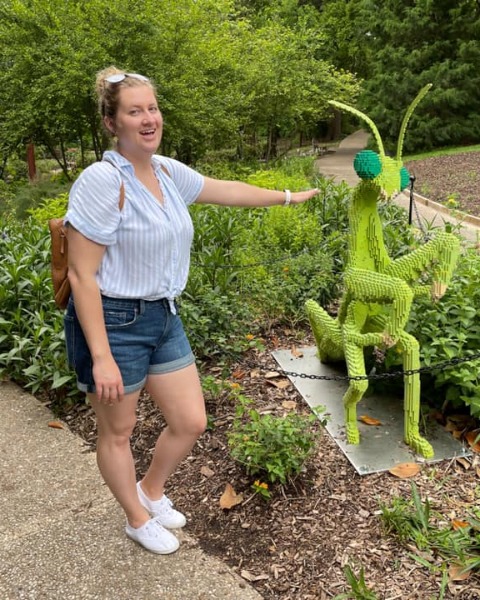P-IE
10-Minute Paper
10-min: P-IE, Pollinators and Pollination
Effect of floret depth on native bee interactions in sunflowers
On-Demand

Beth E. Ferguson
Rutgers University
New Brunswick, New Jersey- JP
Jarrad R. Prasifka
USDA-ARS
Fargo, North Dakota
Presenting Author(s)
Co-Author(s)
Sunflower production is reliant on pollinators to achieve optimal yields. In primary sunflower-producing states (North Dakota, South Dakota), pollination services are almost entirely by unmanaged, native bees. Previous research has indicated that there is a relationship between floret length and bee tongue length and that bees have some flexibility in handling florets of varied size, but are generally not found on florets greater than 1-2 times the tongue functional tongue length. When foraging bees interact on sunflowers there may be negative consequences for either the bees or plant pollination. The potential for bee species to compete for nectar should increase when their tongue lengths are more similar This research seeks to better understand bee-bee interactions in cultivated sunflower throughout the growing season by observing and quantifying behavior. To do so, three sunflower lines were grown under field conditions with known floret lengths of 8-10mm. Lines were planted at three different times-early, mid, and late season-to capture the intervals at which different native bee species are actively foraging. Cameras were used to capture a 4-hour time period from 8:30am-12:30pm for each sunflower line during bloom. Sunflower lines were planted so bloom occurs pre- and post-emergence of bumblebees. Videos were analyzed to determine the type of behavior, how long it occurred, and if this resulted in a cessation or continuation of foraging on the same head.

